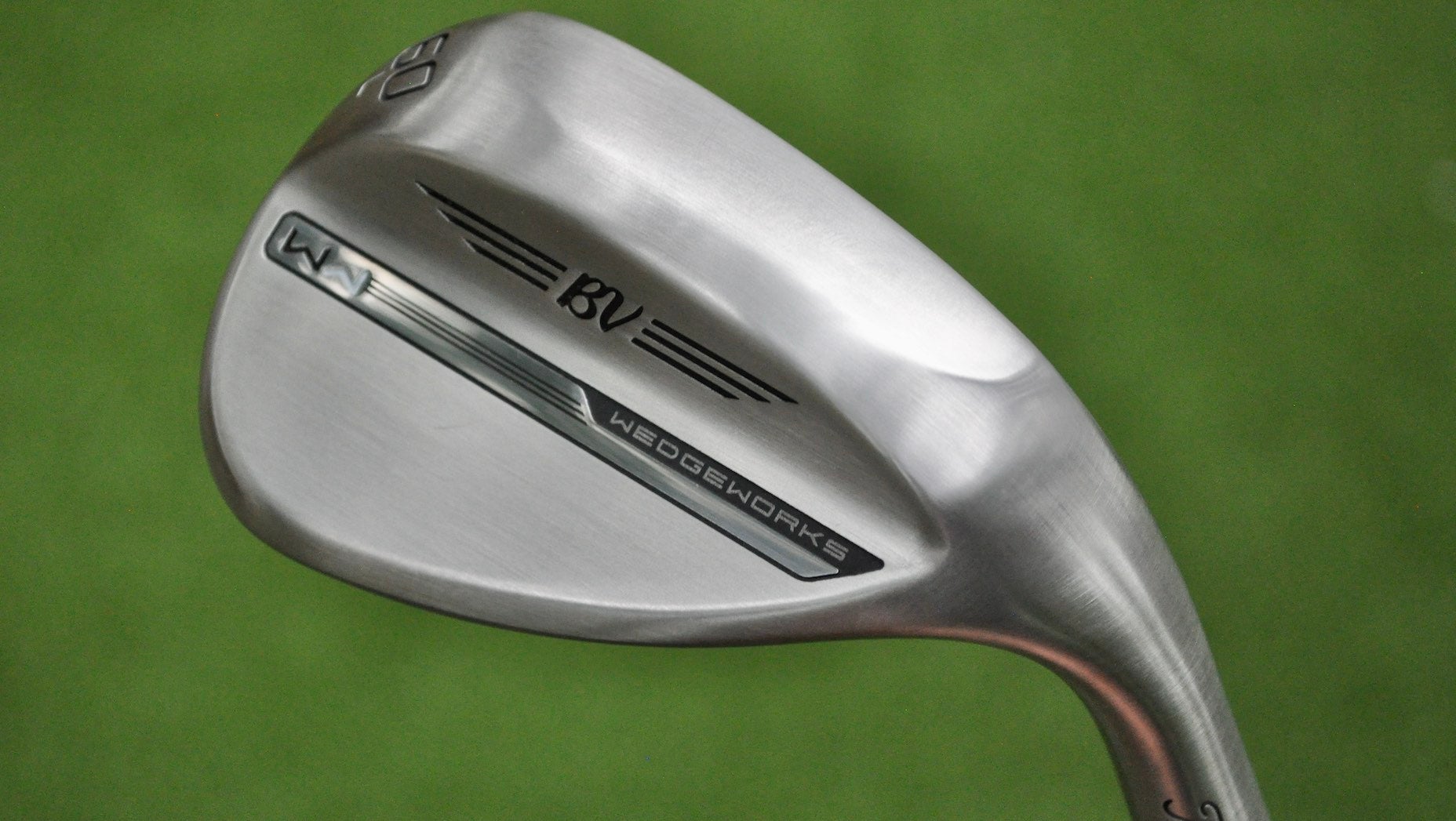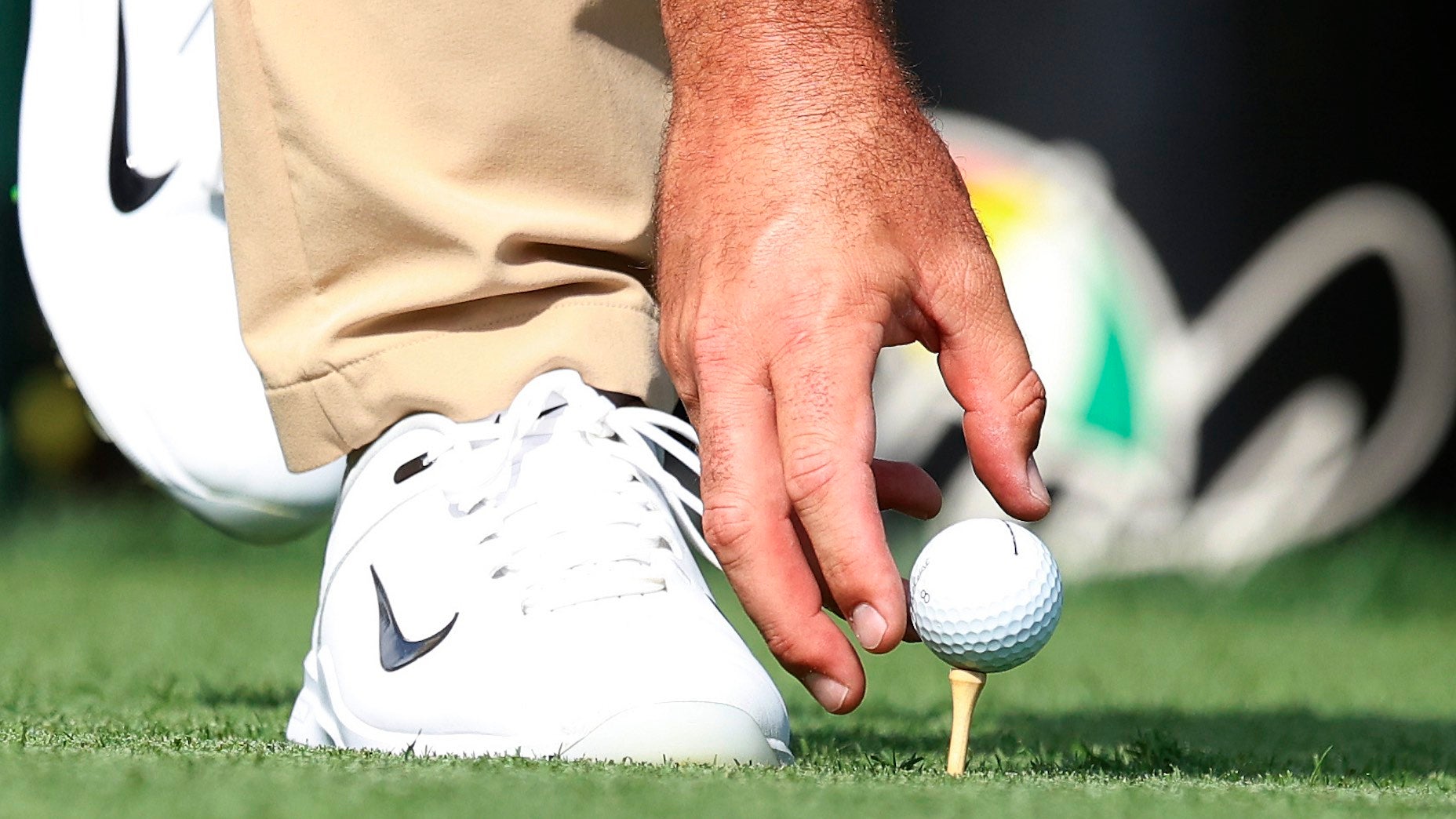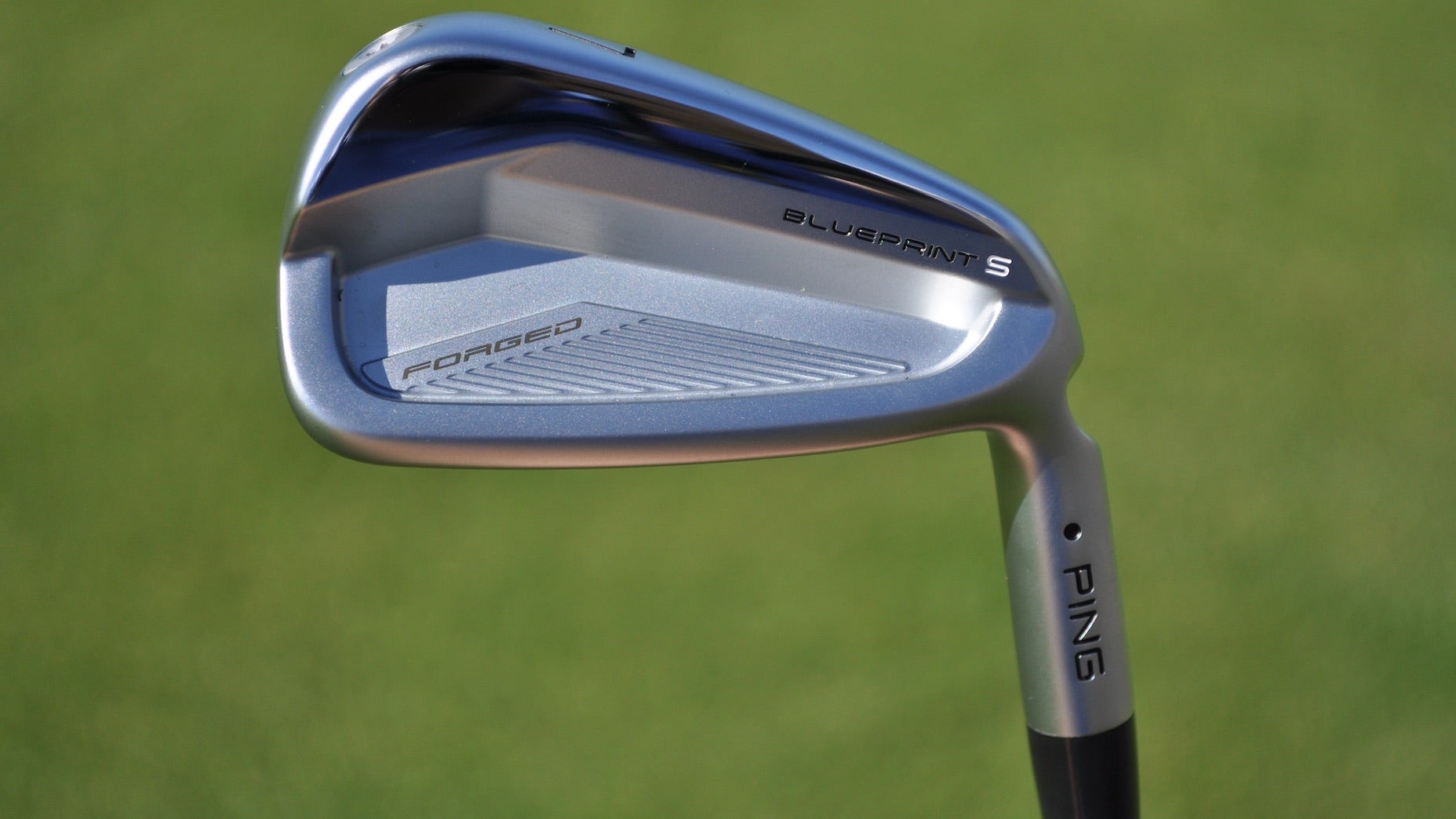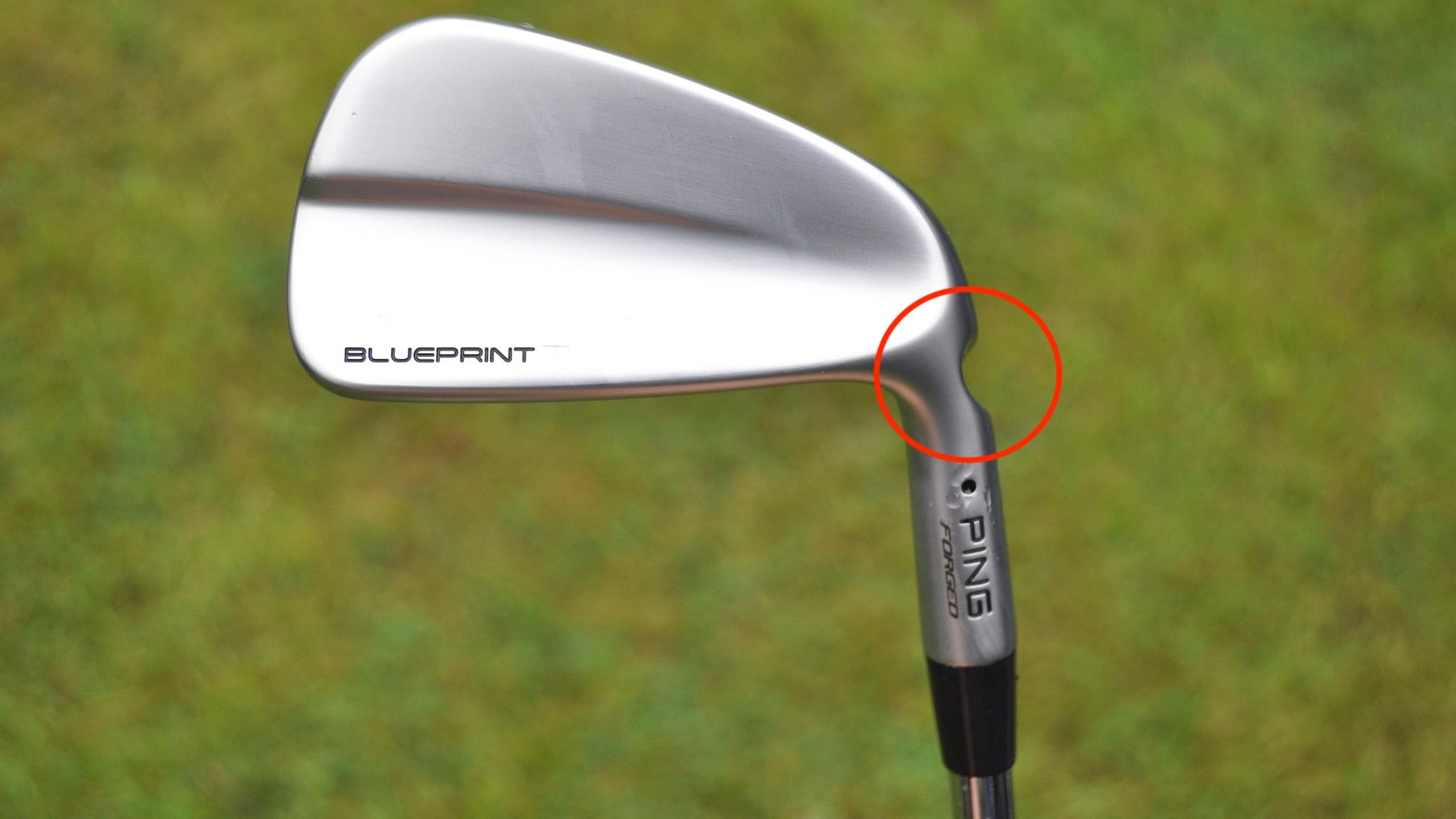Welcome to another edition of the Fully Equipped mailbag sponsored by Cleveland/Srixon Golf, an interactive GOLF.com series in which our resident dimplehead (a.k.a., GOLF’s managing editor of equipment, Jonathan Wall) fields your hard-hitting gear questions.
I was playing over the weekend at my local course and couldn’t get over how much moisture affected my golf ball on some shots. It got me wondering if that’s common for all players. Any insights?
Moisture will affect how a golf ball is designed to perform, regardless of skill level. I can still recall watching Bryson DeChambeau spray the ball, club face and turf during a practice session at the 2018 Tour Championship to get a more accurate picture of how moisture altered his launch monitor numbers. In DeChambeau’s case, wet conditions during a previous event caused his control and proximity to the hole to take a noticeable dip, which doesn’t seem all that surprising when you think about it.
Moisture adds a layer of uncertainty between the ball and face at impact.
If DeChambeau is noticing a dip in performance due to moisture, you can be certain the average mid-handicapper is struggling through the same sort of issues. Unfortunately, it’s impossible to accurately predict how much moisture will negatively affect launch, spin and control. During a recent interview on GOLF’s Fully Equipped podcast, Ping’s vice president of fitting and performance highlighted the disparity in spin they’ve seen while testing different balls.
“We spray mist on the golf ball, change the coefficient of friction and see how close we can keep those spin rates in dry and wet conditions,” Jertson said. “We’ve seen some balls plummet from 10,000 RPMs to 5,000 RPMs when you put a little mist on them. Other balls will go from just 10,000 RPMs to 8,000 RPMs. There’s a huge difference in golf balls that can prevent fliers.”
Using a “control club” (i.e. the same club for each shot), you can see the critical role a golf ball plays in mitigating the spin rate delta, particularly on flier shots. If you’ve never heard the word “flier lie” before, it’s when the club picks up additional grass or debris prior to impact, reducing the normal friction between face and ball. You typically see spin rate drop and distance increase in this case, which might not be a problem if you’re trying to dislodge the ball and get it back into play. It can be a problem, however, if you’re attempting to attack the green.
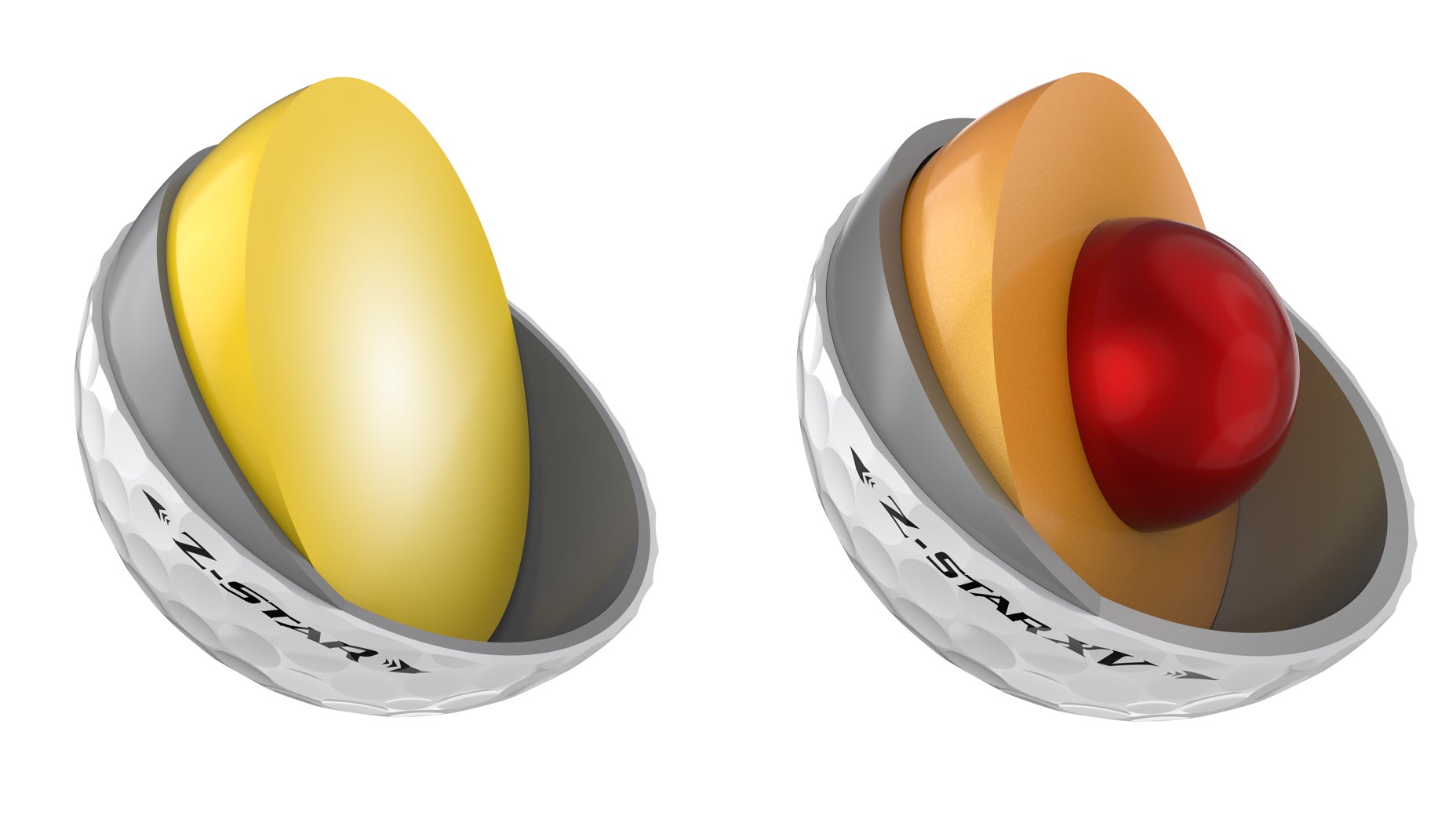
Srixon Z-Star
Add in a heavy dew during a morning round or late afternoon mist and the mishits — particularly from the rough — can be magnified. Learning how to catch more of the ball at impact will help you improve control and spin, but it doesn’t solve every problem.
Thankfully, there are clubs and balls designed to mitigate some of the uncertainty that comes when you add moisture to the impact equation. (If you’re playing regularly with a wedge that’s several years old, it might be time to conduct a groove test to determine if a new scoring tool is in your future.)
Many of today’s wedges are designed to displace debris and moisture like the UltiZip groove found on Cleveland’s RTX ZipCore wedge. The grooves are not only built to displace debris but moisture as well, thus reducing the spin decrease you might see in wet conditions. The equipment manufacturer also added a superpolymer, called SeRM (“Slide-Ring Material”), to its Z-Star golf balls that makes it easier for the grooves to grab the cover and generate efficient spin, even from wet lies.
Other brands are also studying the effects of moisture on the ball and grooves, which is a good thing for golfers who don’t have the time or budget to analyze the difference in spin rate from one ball to the next. Even if you find a ball that fits your criteria, make sure you visit a certified club-fitter — maybe even pick up a spray bottle on your way to the test session — to see how the spin numbers stack up to what you’re currently playing.
And if you don’t have the time to go through a proper fitting, embrace the old-school method of keeping the face dry and grooves clean prior to hitting the shot. A golf towel (and maybe even a club brush) will always help in a pinch.
Want to overhaul your bag for 2021? Find a fitting location near you at GOLF’s affiliate company True Spec Golf. For more on the latest gear news and information, check out our latest Fully Equipped podcast below.

